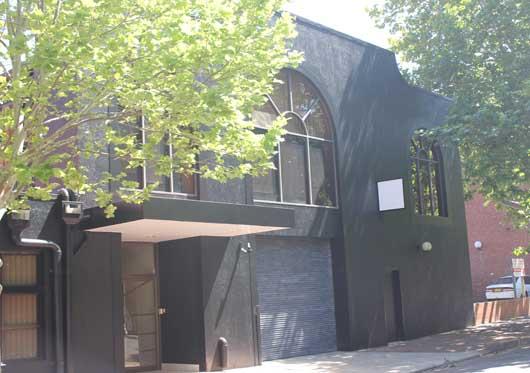Are you prepared for the unforeseeable incidents?

Faith Eeson
FOCCALE Safety Management
In December 2014 the Lindt Café was under siege in Sydney, where patrons and workers were taken as hostages. The country watched hour, after hour with little or no outcome; with most, reluctantly turning in for the night only to wake up to the news that on the 16th hour the siege ended with two fatalities and a number of injuries.
This was a shock to many and something most never envisaged would happen in our country. There was a great outpouring of sympathy and support for those involved by the public. Over the last few weeks, similar and more serious incidents like these are becoming a common occurrence in the world. No country is immune to this type of incident, least of all workplaces.
Why should this concern us? Why should we pay more attention to such an incidents? The reality is that lives were tragically lost and many people suffered physical injuries; whilst there is ongoing psychological injury and trauma sustained by those involved on what was a business premises; hence, Workplace Health and Safety Laws apply.
What does an incident like the siege mean in terms of Work Health and Safety?
The complexity of this situation is that the hostages comprised not only the Lindt Café workers; but, office workers from the business hub within the city, others carrying out business meetings and members of the public meeting for social reasons.
Everyone involved and connected to the hostages in one way or another would require some form of medical assistance to help with their well being and recovery. This could include worker compensation, personal or business insurance, trauma insurance and Medicare, depending on the status of each hostage requiring treatment or/and support.
The biggest cost though and one that is not quantified accurately, yet has the most impact on the business profitability, is the indirect cost to the business, which could often be five times or more, higher that the cost of the insurance claims.
For example this could include:
• Stop work and down time
• Investigation processes by the police, WorkCover, insurers, the business
• Ongoing management of workers compensation
• Follow up and support for workers and those taken as hostages
• Administration and reports associated with the incident.
• Stigma and loss of clients and revenue
• Loss of competent and talented personnel
• Recruitment of workers, induction processing and on the job training
• Rebuilding the business reputation and moral
• Hiring of professionals services and counselling
What actions should be taken?
The WHS Laws states that the Person Conducting a Business or a Undertaking (PCBU) has a obligations, “so far as is reasonably practicable, to provide a safe and healthy workplace for workers and other persons” that are calling to the business. It also states that “an emergency plan must be prepared, maintained and implemented” and provide procedures. Thus; following this incident the business needs to review their emergency plan to include emergency procedures. Other workplace can learn from this and implement strategies to manage the unforeseeable incidents.
Questions:
• Are your policies and procedures up-to-date?
• Will they cover you for the unforeseeable?
• Do you have a crisis management plan?
• Does your insurance cover your business for such incidents?
The event in December 2014 was very sad and shocking for
NSW. This incident brought the reality that serious unexpected
incident also happen in what we deem “low risk workplace”.
For further information contact FOCCALE Safety Management on (02) 4968 2199, email info@foccale.com or visit www.foccale.com.
Other Articles from this issue
Businesses lagging in cybersecurity
The Cisco 2015 Annual Security Report, which examines internet for the Hunter both threat intelligence and cybersecurity...

Newcastle Financial becomes Rethink Financial Planning
Newcastle Financial Planning, which has been around since 1979, is being transformed to Rethink Financial Planning and ...


Mindfulness: the best people investment for 2015
Mindfulness is no longer considered the weird thing it was a couple of years ago, and how could it be when the smartest...


2016 NEWi Awards calls for entries
The Lunaticks Society invites regional and international digital innovators to submit entries in 16 award categories and...



